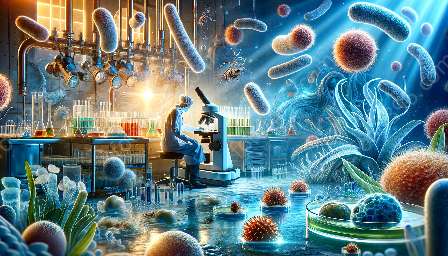Seafood microbiology is an integral part of food safety, and understanding the presence of microorganisms such as Campylobacter jejuni is essential in ensuring the quality and safety of seafood products. Campylobacter jejuni is a leading cause of foodborne illness worldwide, and its association with seafood raises concerns for both consumers and industry professionals.
Introduction to Campylobacter jejuni
Campylobacter jejuni is a Gram-negative, spiral-shaped bacterium commonly found in the intestines of birds and mammals. It is a major cause of bacterial gastroenteritis in humans, with symptoms ranging from mild to severe diarrhea, abdominal pain, fever, and vomiting. The bacterium is known for its ability to survive in diverse environmental conditions, including those encountered in seafood processing and storage.
Impact on Seafood Safety
The presence of Campylobacter jejuni in seafood products poses a significant risk to consumers. Seafood can become contaminated during various stages of production, including harvesting, processing, and distribution. As a result, thorough monitoring and control measures are crucial to minimize the risk of foodborne illness associated with Campylobacter jejuni in seafood.
Seafood Science and Campylobacter jejuni
Seafood science encompasses a wide range of disciplines, including microbiology, food safety, and quality assurance. The presence of Campylobacter jejuni in seafood presents unique challenges for researchers and industry professionals, requiring a comprehensive understanding of the bacterium's behavior in seafood matrices, as well as effective control strategies.
Interactions of Foodborne Pathogens in the Seafood Industry
Foodborne pathogens, including Campylobacter jejuni, can interact with various elements within the seafood industry, such as processing facilities, transportation, and retail environments. Understanding these interactions is essential in developing and implementing targeted interventions to mitigate the risks associated with foodborne pathogens in seafood.
Conclusion
Campylobacter jejuni is a significant concern in seafood microbiology and foodborne pathogens. As the seafood industry continues to evolve, ongoing research and vigilance are essential to address the challenges posed by this bacterium in seafood products. By leveraging the insights provided by seafood science and food safety principles, effective strategies can be implemented to ensure the safety and quality of seafood products for consumers worldwide.

